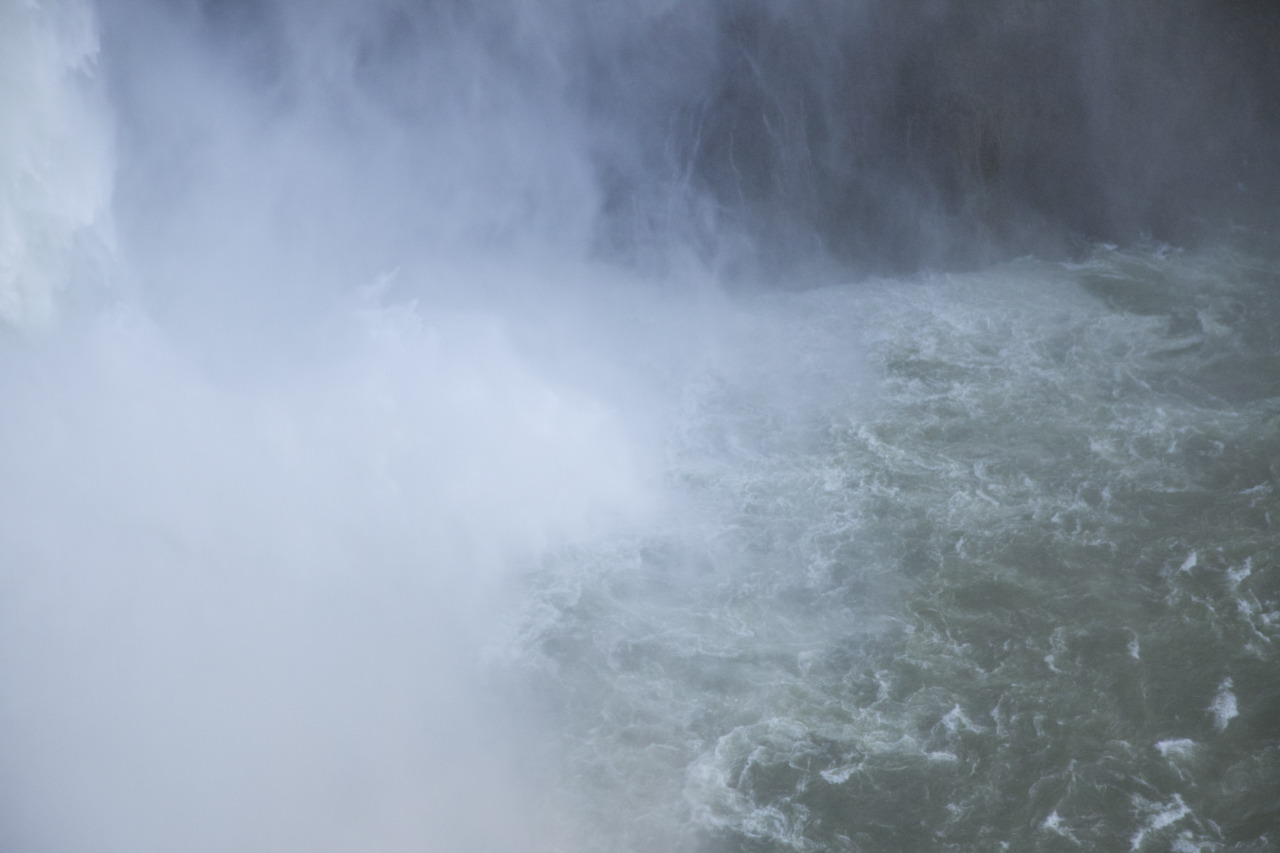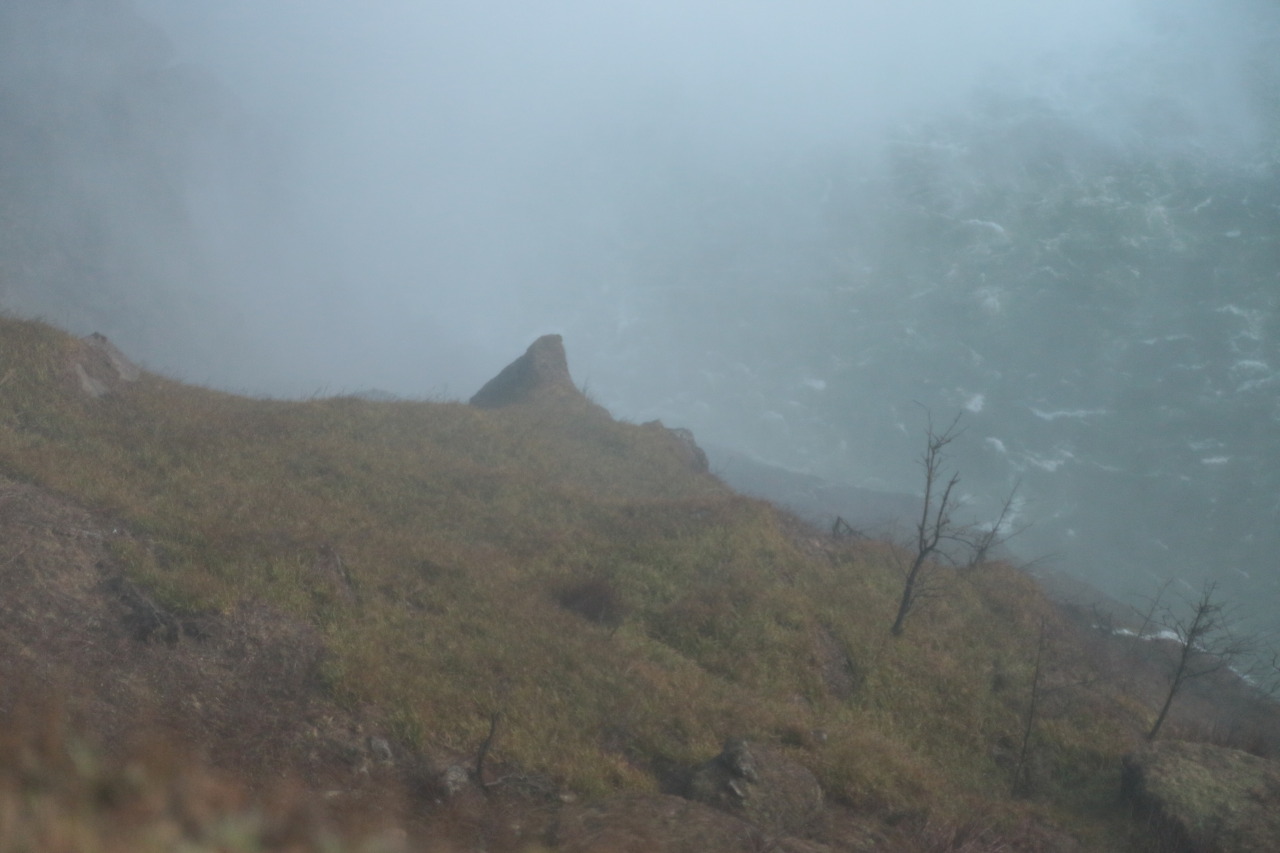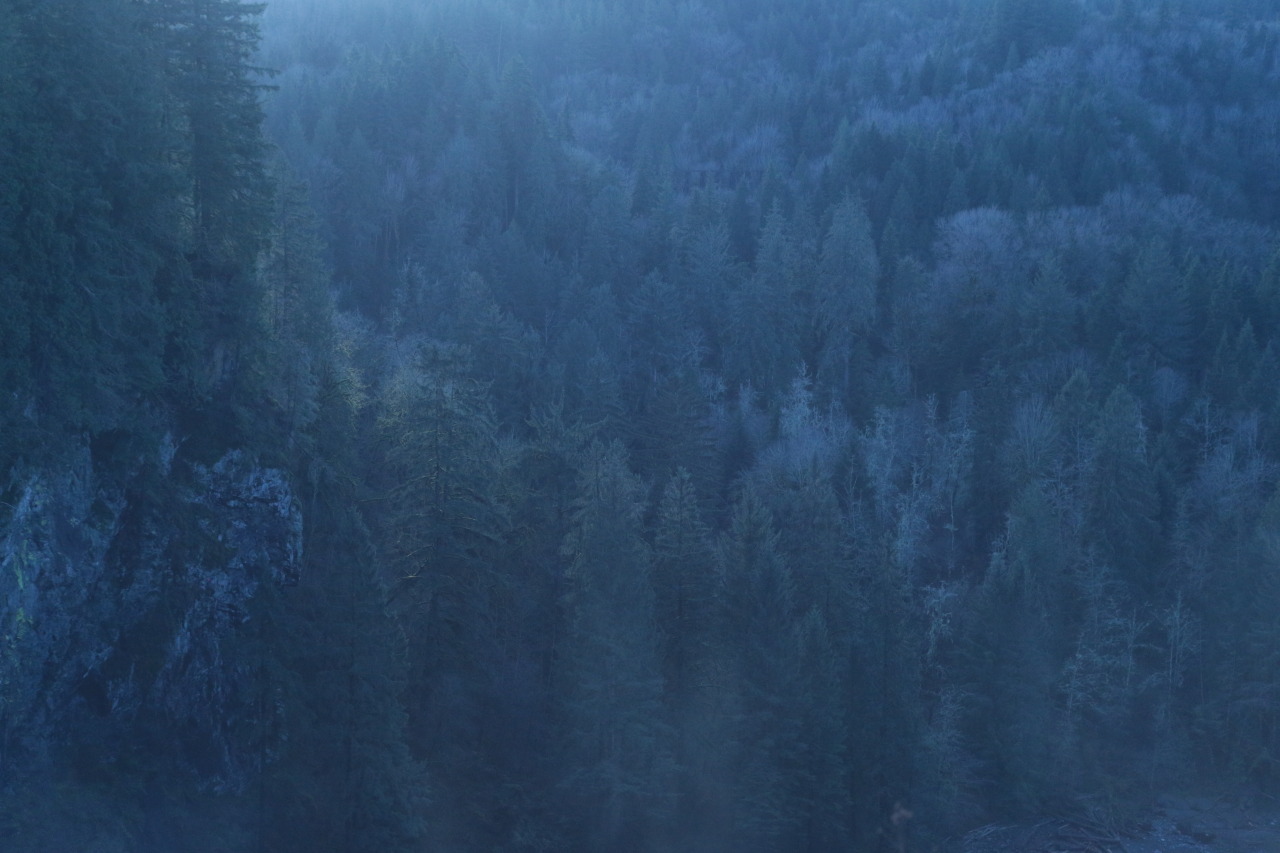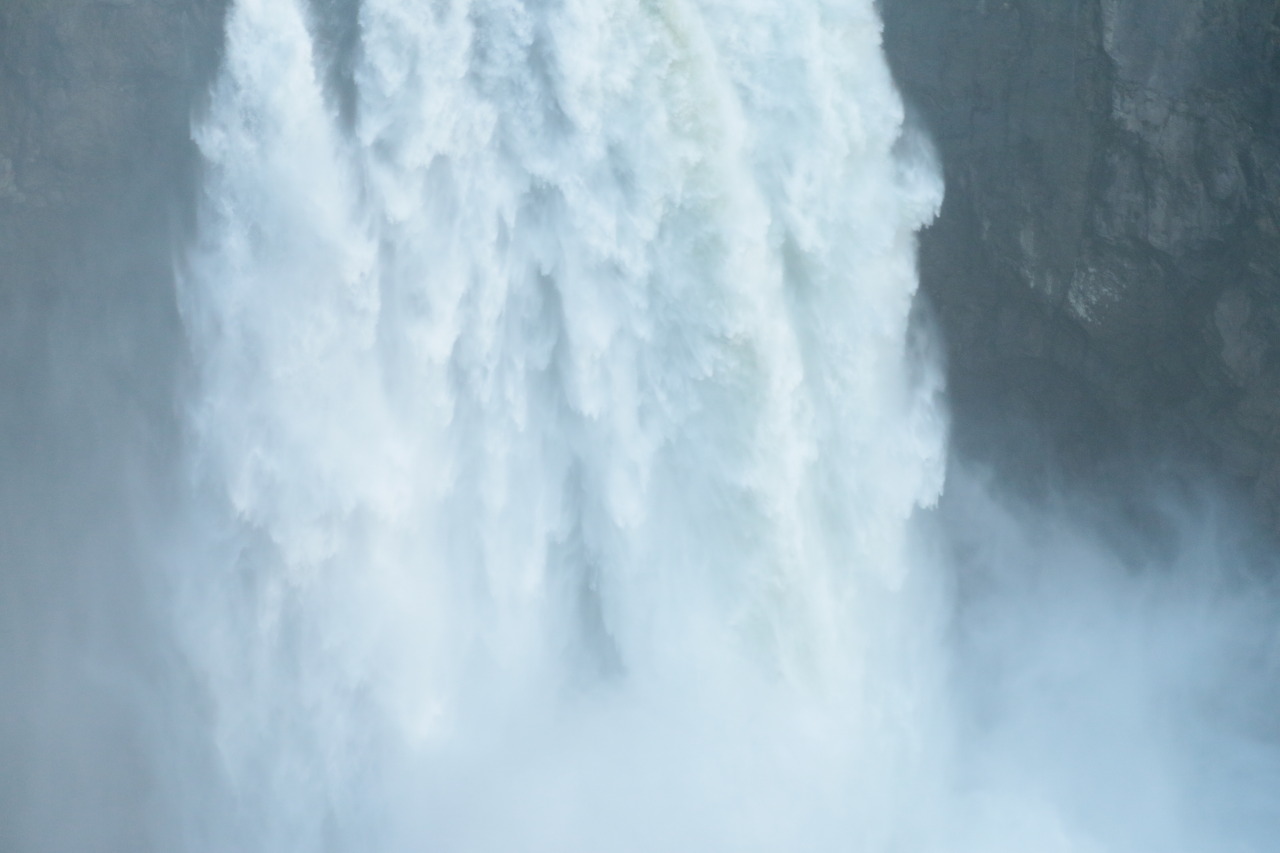Monument Valley
As part of the collective project I will be assisting with sound design.
A key part of sound design is pinpointing what you want a place to sound like. Monument Valley is home to a variety of wildlife, some of which make fairly recognizable desert sounds. I focused on a gathering few individual animals to begin.
The American Tree Sparrow
Red Tailed Hawk
Coyotes
I have been been pondering sounds of the desert, I also thought about sounds that could convey a sort of mysticism or abstract quality of the uncivilized landscape we have been studying. Air tone has a lot to do with that. I have a desert air tone that I think does I good job of portraying the ominous tone an open landscape can sometimes have. If you listen carefully there is a low, pulsing tone that comes from the reverberation qualities of where this was recorded. I believe that this particular tone colors the location with a more bleak feel. It could also be viewed as a threatening tone depending on how it is used. It also helps to characterize a place to make it more than scenery. I mixed this air tone with some of the animal sounds, more than you would normally here together but I wanted to concentrate this so there were examples of the animals within the ambience.
** Blogger does not have an option to upload audio clips. I will look into this further soon to upload the sounds I have been collecting. My project doesn't really mean much without them. Until then they are available on a Google Drive I will link to here. **
https://drive.google.com/folderview?id=0B60p-ODupFMZSF9jdi1Ial9YU0U&usp=sharing
Personal Project Update
I am still working on what some of this is going to be, but an element of it includes sound. Specifically the sounds that have some significance to me. For my first update, per Sharon's request, I am uploading some orca sounds I have collected. A very special animal to me, I find Orca's to be the most interesting source of vocalization. Orca's make very distinct sound based on what part of their head the noise is produced in. Each sound is used differently and the nature of the sound differs depending on the particular pod and where they came from.
As a bit of an audio nerd, especially when it comes to whales, I have a lot of random knowledge about orca vocalization and hearing. Generally speaking northern whales tend to vocalize in much higher frequencies and employ the use of clicks more often then southern whales who have lower registers and tend to have the longer calls we are more familiar with. Orcas also posses one of the thinnest and most high frequency respondent basilar membranes, meaning they can hear very high frequencies.
On the doc I have included a folder with examples of these different sounds. You can hear that the Northern whales have a distinct dialect that is much higher with nasally clicks where the southern whales have more of a whistle. I also dropped in a file with some research I complied that has more info about the science of it all, if you are interested.
This is all a bit science-y, but I am working on incorporating it into something larger
Here is a cool picture of a spectrograph of a whale call.





















